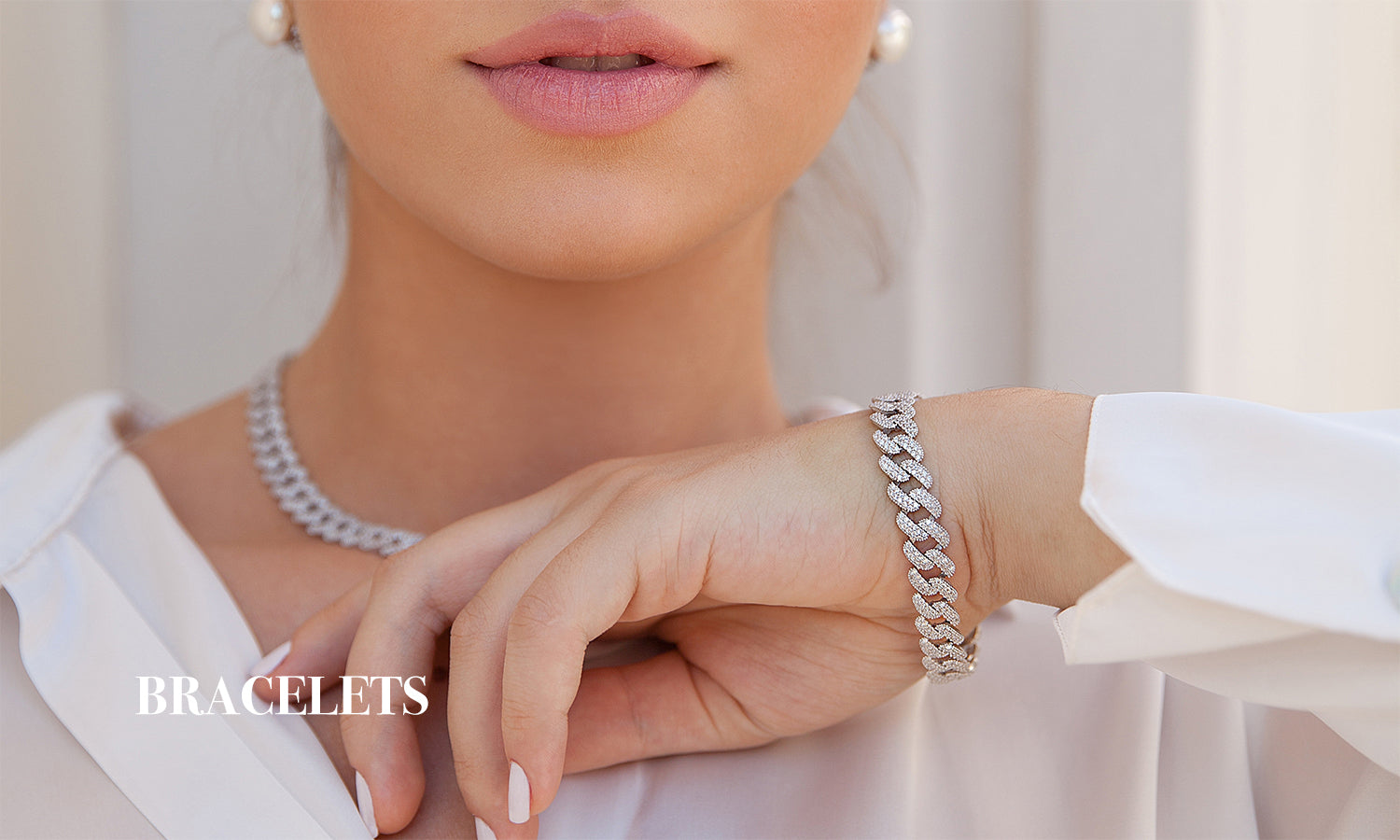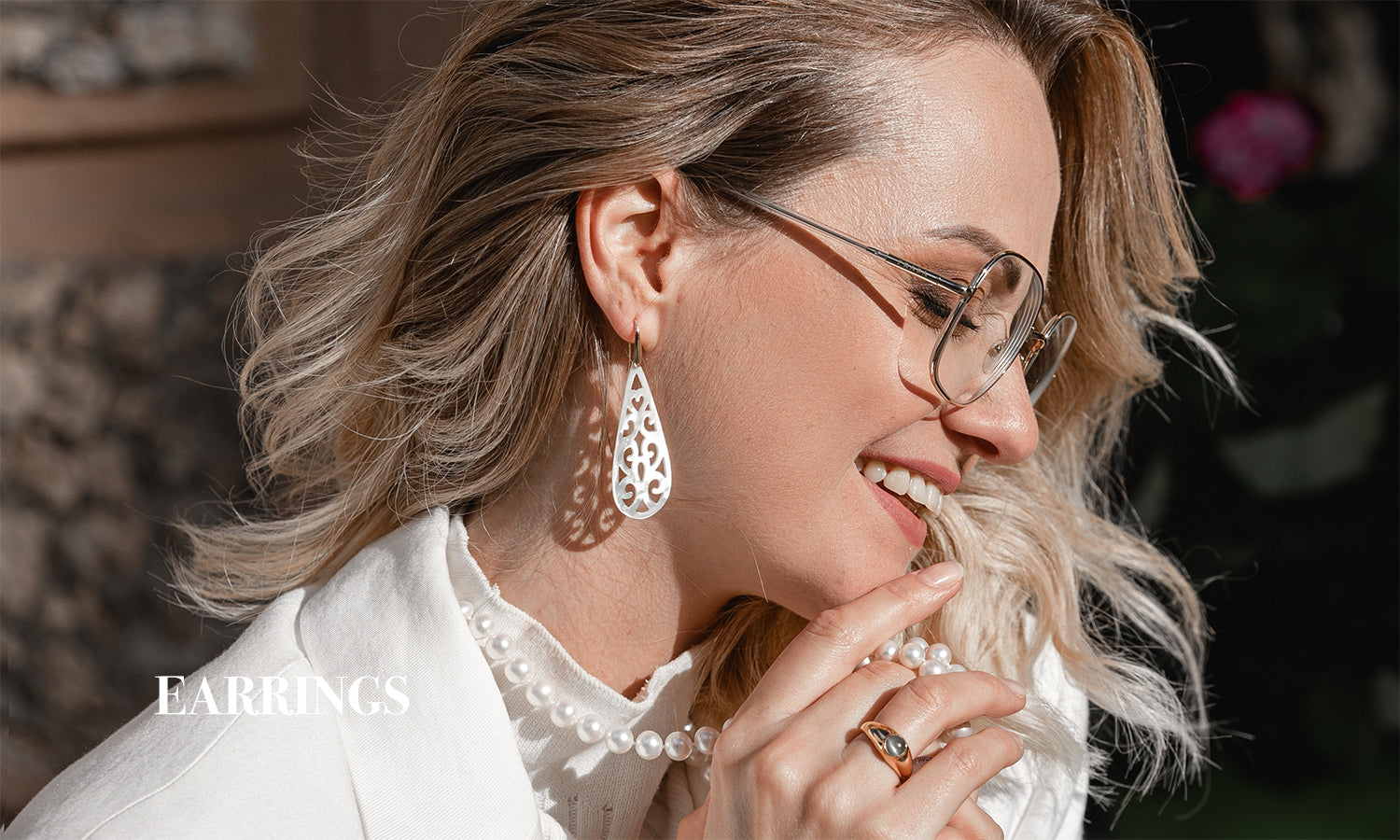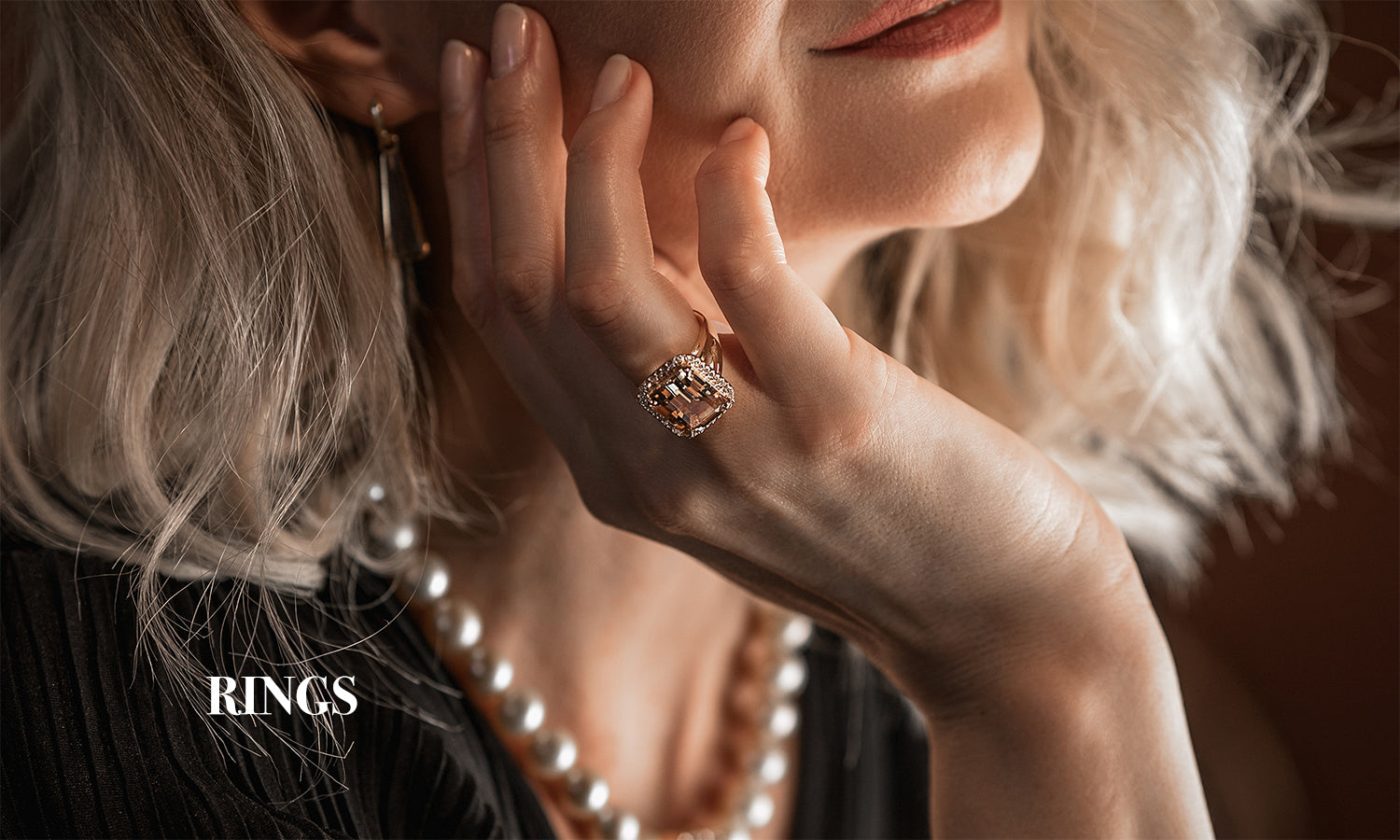Surely you have heard a thousand and one times that Chinese culture is one of the oldest of humanity. Something totally true and that gives it all the mysticism that surrounds it. Many travelers are attracted by Chinese culture, including us, and we love its architecture, philosophy, and customs.
Many elements of Chinese culture have been popularized in the rest of the world, and it is common to see them in jewelry. Today at Planderful we will tell you the meaning behind the Chinese symbols on your jewelry, whether you decide to travel to China or simply feel admiration for Chinese culture. Read on to learn more.
Forbidden City Gate
The Forbidden City is a palace complex located in Beijing, China. From the Ming Dynasty until the end of the Qing Dynasty it was used as a residence for the emperors as well as for political affairs.
It was built between 1406 and 1420 and was declared a World Heritage Site in 1987. It occupies 72 hectares, and has the typical aesthetics of that area, with gabled roofs, wood, and galleries covered with rounded arches.
It received the name Forbidden City because to enter, it was necessary to have the express authorization of the emperor. This limitation was in force during the almost five centuries in which it served as a residence and political headquarters of the emperors and empresses.
The last representative of the imperial dynasty who lived there was Puyi, whose story was immortalized in the famous film "The Last Emperor". On the other hand, the Forbidden City is surrounded by a defensive wall, with four gates in the direction of the four cardinal points.

https://www.planderful.com/products/forbidden-city-gate-enamel-with-pearl-drops-earrings-for-women
Fortunate Cow
The cow, like so many other animals, has an important role in Chinese symbolism. On the one hand, the cow is associated with the cattle-raising culture of ancient Chinese civilization. Since those times, cows have been considered auspicious animals to attract good weather and good harvests. The cow also symbolizes the optimistic, diligent and determined spirit that reflects a positive attitude toward life.
On the other hand, on New Year's Eve in all lands of China, a very ancient tradition is celebrated. On a bamboo structure, a cow is built out of paper and painted in five colors. Inside it contains a paper calf built in the same way.
The large cow figure is guided by a clay figure representing Tai Tsai, also called Man Shen, the presiding deity over the New Year's Eve festival. Tai Tsai means the great year and Man Shen, is the god of vegetation. The paper cow is the old year, the calf, that new year that is about to be born.
Children throw peas to the paper cow in the belief that the one who succeeds in giving them safely will be immune to the spread of smallpox and other infectious diseases. Upon arrival at the village, the paper cow is taken to the temple of Tai Tsai where this symbol of the Old Year is torn into pieces and the new year, in the form of a calf, is presented.

https://www.planderful.com/products/golden-fortunate-cow-pendant-enamel-necklace-for-women
Chinese style earrings
This jewelry is inspired by Chinese art. The wavy lines present in this jewelry are known as arabesque art. Arabesque is a form of artistic decoration consisting of rhythmic linear patterns that intertwine like a spiral. It usually consists of a single design that can be repeated to perfection as many times as desired. In China, this design is widely used in painting and in the decoration of buildings.
The arabesque conveys a pleasant feeling of serenity and beauty, but it is also associated with a sense of existence and immortality. Chinese art tends to the simplicity of forms and colors, with a general inclination to the expression of interiority. That is why Chinese artworks are more spiritual.
Another characteristic of Chinese art is taking nature as a constant source of inspiration. It is about expressing the spirit and moods that are reflected in nature. From this comes the value of suggestion in art: not everything is said, but it is suggested so that the observer completes the artistic realization.
Colors are also very important in the symbolic system of Chinese art. Red is a very culturally significant color used at Chinese New Year, weddings, or birthdays. In certain Chinese expressions, it has the symbolic meaning of "beauty" and "loveliness".

Chinese Words Earrings
Throughout its history, Chinese has gone from being the language of the Zhou dynasty in the 12th century BC to the modern lingua franca of a growing economic power. But how does such a change come about?
The history of the Chinese language is complex but also rich and captivating. Chinese is one of the few languages with an unbroken written record since the second millennium BC. Given the longevity of this language, scholars specialized in the study of the Sinitic group decided to categorize its history according to several distinct periods, namely: Archaic or Pre-Archaic Chinese, Medieval or Classical Chinese, and Modern Chinese.

Traditional Chinese buildings
Chinese architecture is of course millenary and one of the most colorful. It is very clear that Chinese architectural design is unique. If you compare with other existing ones, the coincidences or influences of other architectures are practically null. The architectural design style of the great Asian giant was based on the use of wood and the carving of the element of strength, the brick; they also developed a technique using compacted earth.
The Chinese also were the first to use vivid colors in their architectural works to give them more attractiveness, beauty, and attraction. Among the elements used, we can find: wooden posts; and the structures of the buildings such as beams and lintels were also made of wood. Something that contrasts a lot with the other architectural designs.In many of the structures of other latitudes, the walls were part of the support of the building, in the case of Chinese architecture, this is not the case. The walls become only the room divisions.

Find these jewels and more on Planderful's website.





